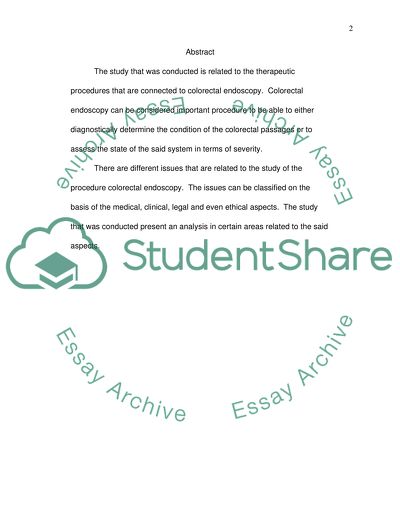Cite this document
(“Therapeutic Procedures in Colorectal Endoscopy Essay”, n.d.)
Therapeutic Procedures in Colorectal Endoscopy Essay. Retrieved from https://studentshare.org/health-sciences-medicine/1532517-therapeutic-procedures-in-colorectal-endoscopy
Therapeutic Procedures in Colorectal Endoscopy Essay. Retrieved from https://studentshare.org/health-sciences-medicine/1532517-therapeutic-procedures-in-colorectal-endoscopy
(Therapeutic Procedures in Colorectal Endoscopy Essay)
Therapeutic Procedures in Colorectal Endoscopy Essay. https://studentshare.org/health-sciences-medicine/1532517-therapeutic-procedures-in-colorectal-endoscopy.
Therapeutic Procedures in Colorectal Endoscopy Essay. https://studentshare.org/health-sciences-medicine/1532517-therapeutic-procedures-in-colorectal-endoscopy.
“Therapeutic Procedures in Colorectal Endoscopy Essay”, n.d. https://studentshare.org/health-sciences-medicine/1532517-therapeutic-procedures-in-colorectal-endoscopy.


